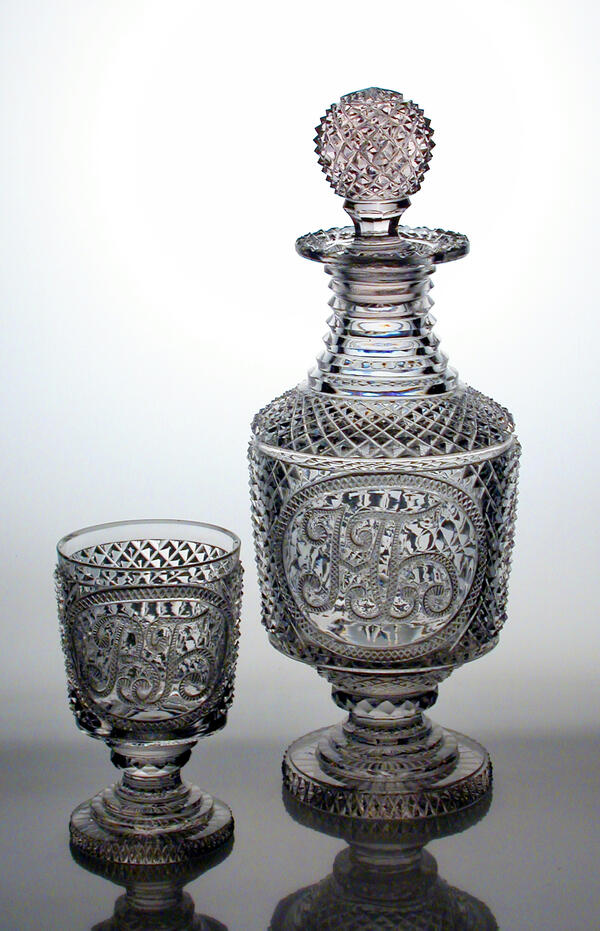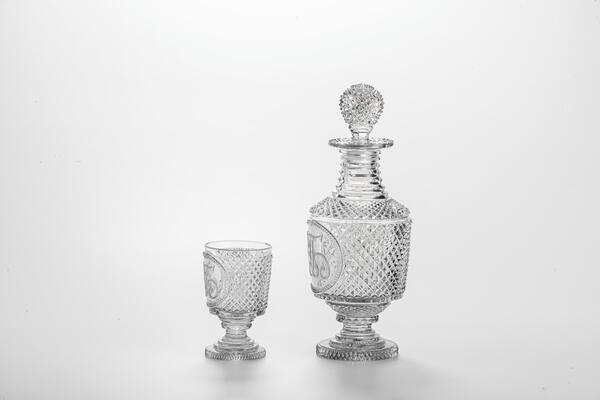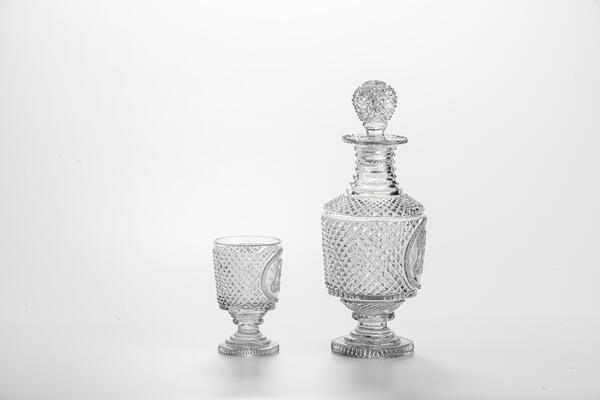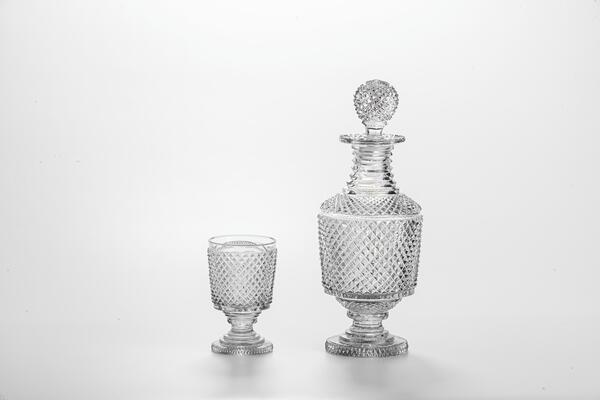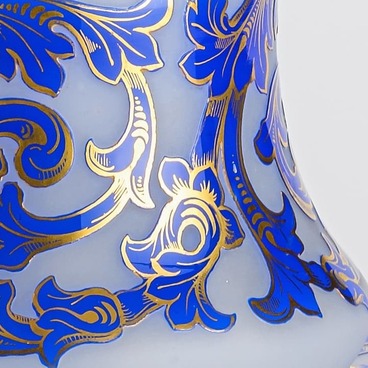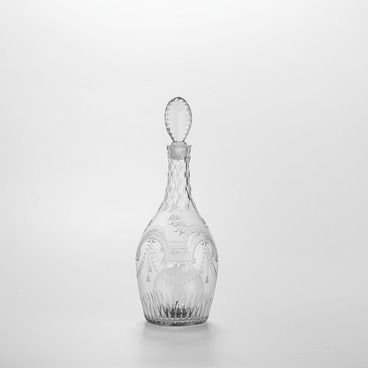In the early 19th century, the glass factory in Nikolsk was owned by Nikolay Alekseevich Bakhmetev. At that time brick workshops were built, the number of products considerably increased, and the quality of glass mass began to be thoroughly scrutinized. Most importantly, the factory began to produce crystal that was of the same high quality as its English counterpart.
The factory glass blowers manufactured high quality glassware for celebrities: aristocrats from Moscow and St. Petersburg, wealthy merchants and provincial nobles, the Church and the Imperial Court. So the artisans sought to use the best materials and create artistic products of high quality.
The Bakhmetevs were well aware how important it was for the Nikolsky factory glassmakers to learn from top world artisans. In 1789, the factory owners founded a museum (it was an “exemplary” room at the time) to achieve this goal. They started a unique collection of Russian and European glass and crystal artworks. For the New Year of 1807, a glass set for 70 was made at Nikolsko-Bakhmetevsky factory for the Imperial Court. The artisan who created the set, Alexander Vershinin, received a gold watch for his work.
The presented set was manufactured at the Nikolsko-Bakhmetevsky factory in the 1820s–1830s for Nikolay Alekseevich and his wife Varvara Feodorovna, nee Nesvitskaya. The frustum-shaped decanter and the glass have a short stem decorated with cutting and a round stepped base. The main decoration consists of two monograms: “НБ” (Nikolay Bakhmetev) on the decanter and “ВБ” (Varvara Bakhmeteva) on the glass.
All three items — the decanter, the glass, and the globular stopper are made from colorless glass and decorated with the sharp stone pattern technique. Cutting is performed via grinding discs. They leave deep grooves in the smooth surface which leads to a beautiful play of light. Since this play of light is similar to that of a diamond, this technique is called “diamond cutting” in Russian.
The Bakhmetevsky crystal was highly appreciated. The customers said,
The factory glass blowers manufactured high quality glassware for celebrities: aristocrats from Moscow and St. Petersburg, wealthy merchants and provincial nobles, the Church and the Imperial Court. So the artisans sought to use the best materials and create artistic products of high quality.
The Bakhmetevs were well aware how important it was for the Nikolsky factory glassmakers to learn from top world artisans. In 1789, the factory owners founded a museum (it was an “exemplary” room at the time) to achieve this goal. They started a unique collection of Russian and European glass and crystal artworks. For the New Year of 1807, a glass set for 70 was made at Nikolsko-Bakhmetevsky factory for the Imperial Court. The artisan who created the set, Alexander Vershinin, received a gold watch for his work.
The presented set was manufactured at the Nikolsko-Bakhmetevsky factory in the 1820s–1830s for Nikolay Alekseevich and his wife Varvara Feodorovna, nee Nesvitskaya. The frustum-shaped decanter and the glass have a short stem decorated with cutting and a round stepped base. The main decoration consists of two monograms: “НБ” (Nikolay Bakhmetev) on the decanter and “ВБ” (Varvara Bakhmeteva) on the glass.
All three items — the decanter, the glass, and the globular stopper are made from colorless glass and decorated with the sharp stone pattern technique. Cutting is performed via grinding discs. They leave deep grooves in the smooth surface which leads to a beautiful play of light. Since this play of light is similar to that of a diamond, this technique is called “diamond cutting” in Russian.
The Bakhmetevsky crystal was highly appreciated. The customers said,

